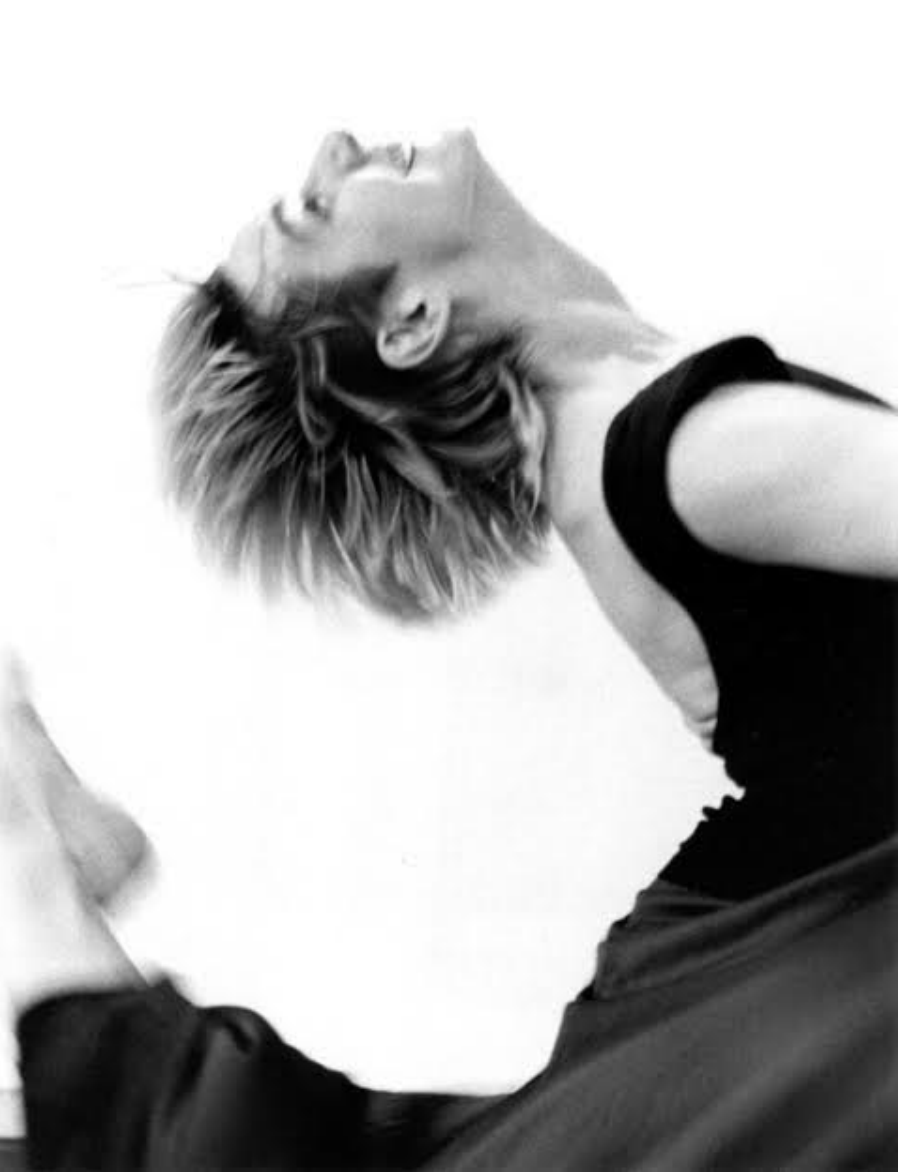White Oak and the Great White North - 1990
/This week we take a brief break from looking back at the repertoire, and focus on Peggy’s decision to return to Canada from New York in 1990 - a pivotal career move that would present her with the opportunity to create her own company and artistic home for the next thirty plus years:
“I danced with the Lar Lubovitch Company for eight magnificent years. That experience delivered me into the deep physical poetry of Lar’s choreographic vision; into the thrilling raucous and thrum of life as a dancer in 1980s New York; out into the wide world on stages across the globe; and into the heart of myself as an artist. But as sometimes happens with a dancer and a choreographer, I eventually found myself out of sync with the evolving form and content of Lar’s work, and in the summer of 1988, I left the company to make the time and space to consider other possibilities for myself.
Over the next year I gave more of my time to teaching, looking for the voice and values that would emerge outside the framework of the company. I considered pursuing an apprenticeship with my teacher Jean-Claude West, but got side-tracked when I agreed to undertake a self-produced concert at Danspace Project, St Mark’s with two colleagues. When one of the dancers took another opportunity it was suddenly a concert of solos and duets. Now in my late thirties, I imagined that I might only dance for a few more years, so I began seeking out choreographers whose work I loved to make solos for me – Christopher House, Doug Varone, Annabelle Gamson, Molissa Fenley, Tere O’Connor.
And then, my relationship of six years suddenly collapsed. I needed to find a new place to live, but I was traveling so much to teach - and I was at such loose ends as a dancer - that I thought “where would I live if I wasn’t living here?” Vancouver? Too far away. Toronto? Going back and not forward. Montreal? Yes! It is a fantastic scene! I will learn to speak French! One of my closest friends lives there, and bang! he invites me to be his roommate! So I complete the Danspace concert with Janie Brendel, and I arrive at the home of James Kudelka in Montreal as the city is reeling and deep in mourning in the aftermath of the massacre at l’Ecole Polytechnique.
By January 1990, Tedd Robinson had programmed me for his Winnipeg dance festival in May, and James had introduced me to Marc Parent, a young lighting wizard who would be my lighting designer/technical director/stage manager for that first concert in Winnipeg. I arranged to revive Paul-André Fortier’s masterwork Non Coupable, learning the dance from Susan Macpherson who originated the solo.
Out of the blue I got a phone call from Barry Alterman, then the manager of Mark Morris Dance Group, to say that Mark was starting a new company with Misha (aka Mikhail Baryshnikov) called the White Oak Dance Project and would I join? So with my things from New York still in a storage unit in Montreal, and with the contents of one suitcase in the bureau of my bedroom at James’ apartment in the old city, I repacked my second suitcase and began shuttling between: Montreal; Winnipeg (where I debuted as a soloist and, oh yes, fell in love with someone who lived in Toronto); Jacksonville, Florida (the closest airport to the rehearsal location for the White Oak Dance Project) and New York (the second White Oak location); Durham, North Carolina (for a teaching gig at American Dance Festival); Toronto (because now I had Ahmed Hassan to visit!); and touring destinations across the US with White Oak.
After that rollicking ride with White Oak in 1990, I realized that what I wanted to do most was follow Misha’s example and be a dancer in charge of my own creative life. And so in December of that year, I found myself in Toronto, going forward and not backward. No master plan about a solo career; just a tremendous appetite to explore the solo form and to find out what would happen if I stepped into a studio alone and no one told me what to do.” - PB
For a window into the contemporary Euro-American dance scene in 1980s New York City watch Making Dances here.
For an expansive article on Mikhail Baryshnikov from 1998, read The Soloist in The New Yorker here.
















